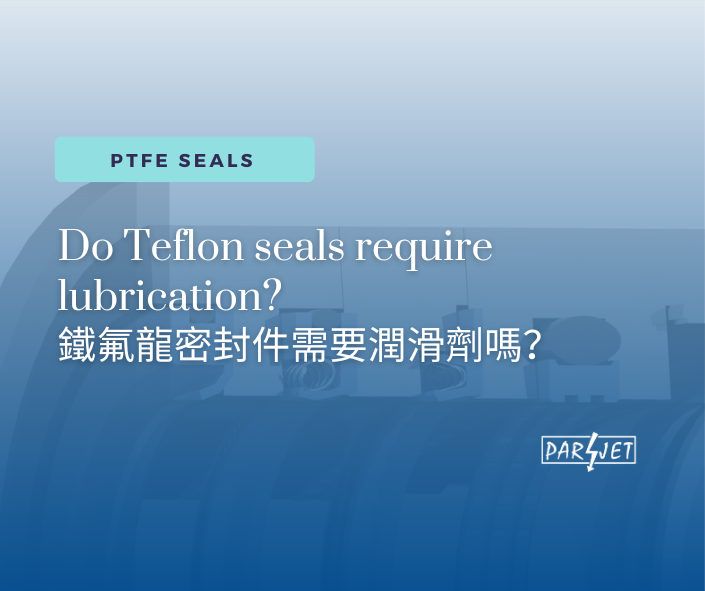Do Teflon seals require lubrication? Should PTFE seals be lubricated before installation?
In most cases, lubricating seals before installation is a standard practice recommended by manuals and instructions. This precaution helps protect rubber seals and O-rings from potential damage caused by abrasion, pinching, or cutting, which could ultimately result in premature product failure.
With the development of sealing technology, advanced seal solutions like Teflon seals and PTFE seals stand out as essential components widely used across various applications. Their high performance and durability make them the top choice in many scenarios. However, it's crucial to note that PTFE oil seals should not be lubricated during installation. These PTFE seals must be installed dry, without the use of grease or lubricants, to ensure optimal performance.
Firstly, let's explore the structure and operational principles of Teflon seals (or PTFE seals). These seals are typically constructed from Teflon or polytetrafluoroethylene (PTFE), renowned for their exceptional chemical resistance and high-temperature stability. They function as static or dynamic seals across numerous applications, effectively preventing the leakage of liquids or gases.
When contemplating the installation of Teflon seals into equipment or machinery, some individuals may consider lubricating the seals prior to installation to diminish friction and facilitate smoother installation, such a practice could adversely impact the seals' performance.
Teflon seals are commonly non-adhesive, implying that grease or lubricant may not thoroughly bond with their surface, thereby compromising the seals' resistance to solvents. This could potentially result in leakage problems during operation, particularly in environments characterized by high pressure or temperature. Consequently, lubrication may damage the fundamental functionality of the seals.
Furthermore, lubrication may cause the seals to shift or deform during installation, potentially preventing them from adequately sealing the mating surfaces. As a result, the sealing efficacy of the seals would be significantly diminished, leading to potential leakage concerns.
When installing PTFE seals, following the correct PTFE seal installation procedure is crucial. This includes ensuring that the seals' springs or other structural components are correctly installed to ensure the seals' effectiveness and performance.
Reasons why PTFE seals become a popular selection:
PTFE seals offer excellent resistance to high pressures, extreme temperatures, and corrosive media. With self-lubricating properties, PTFE seals are ideal for applications requiring low coefficients of friction, minimal break-out forces, and no stick-slip. Moreover, they possess outstanding electrical properties and indefinite shelf life.
PTFE compounds often incorporate fillers to enhance their physical properties. Common fillers include carbon fiber, glass fiber, bronze, graphite, molybdenum disulfide (MoS2), and carbon-graphite. Typical applications for PTFE materials range from FPSO and cryogenic valves to CNC machines and extreme high-pressure waterjet cutting.
Nowadays, manufacturers must have access to superior sealing solutions and expertise. Parjet, as one of a leading ptfe seal manufacturers, prioritizes this need, investing heavily in advanced manufacturing capabilities to provide the best PTFE/Teflon products like ptfe lip seal, Teflon spring seal, ptfe shaft seal, and ptfe spring seal, for various challenging applications.
For more information on Parjet’s PTFE seal, Teflon Seal, and custom sealing solutions, contact us to find out more.






